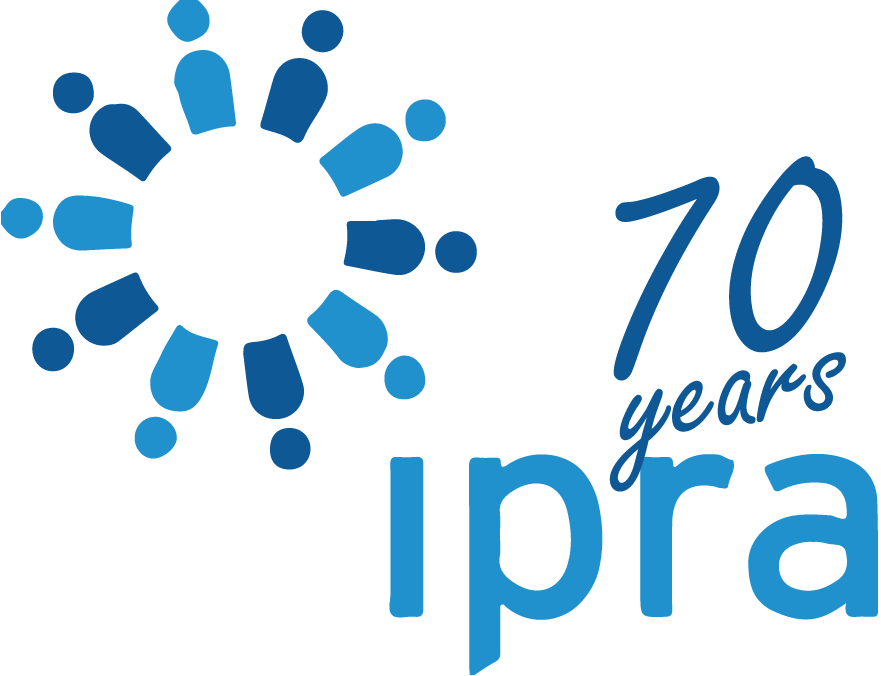ITL #629 Aligning brands with what matters to people: the need for cultural fluency
6 months, 1 week ago
To succeed in today’s communication landscape, PR professionals must become cultural strategists. By Ron Jabal.
Today’s highly digital environment is changing the practice of public relations. For one, the social media era has established new communication standards for real-time interactions and conversations.
Combined with heightened consumer awareness and autonomy, the massive adoption of social media use makes traditional PR approaches largely insufficient. Any successful PR campaign today depends on culture as a critical fundamental element.
Practitioners need to completely understand cultural elements in public relations because they deeply affect how messages are received, campaigns are perceived, and overall effectiveness of organizational and brand reputation management initiatives. Indeed, culture has transitioned from being an optional "nice to have" to a fundamental element in the management of brand campaigns.
Evidently, cultural fluency has become essential in today’s practice of PR.
Culture and PR nexus
Various scholars have explained culture in unique ways. According to some, culture consists, among others, of knowledge, experience, beliefs, values, attitudes, meanings, hierarchies, time notions, roles, space relations, accumulated by people across generations.
Others define culture as the way of life of a people that is transmitted through language and imitation from one generation to the next. Consistently, these evaluations show that cultures affect the process of meaning construction, message reception as well as public reception and interactions with people, organizations, and brands.
Within the scope of PR, culture operates as a communication filter that controls all transmitted information. These days culture drives conversations that occur immediately on decentralized platforms where content is no longer distributed from top-down but rather co-created within social media platforms and online communities. This shifts the PR practice from controlling messages to developing meanings collaboratively with audiences – where culture becomes the most critical factor.
Today, audiences and stakeholders receive messages based on their cultural environment which determines message effectiveness and appropriateness. Therefore, organizations and brands must understand that the meaning of value exchange occurs through consumer conversations, and value sharing and empathy.
“Telling” is no longer effective. “Showing” is only partially effective. What has become imperative is aligning a brand’s narrative with what matters to people, not just what matters to the business.
For example, the launch of sustainability initiatives by brands extends beyond marketing eco-friendly practices and green products. People no longer just wanted to be sold stuff. What matters most these days is understanding the larger cultural context and digging into whether environmental consciousness is a core value for consumers.
Hence, when done with authenticity and cultural insight, any PR campaign can spark meaningful engagement and positive brand.
The Importance of cultural fluency
PR professionals who demonstrate cultural fluency understand cultural nuances which help them detect public conversation shifts to identify potential cultural missteps before they evolve into PR crises. Cultural fluency gives professionals the ability to communicate in their customers' language both literally and metaphorically so brands can personalize their marketing efforts to accommodate regional tastes and generational and societal changes.
Cultural fluency functions as a strong tool in implementing multi-country, multi-cultural and multi-platform campaigns as cultural differences are considered prior to launching any global initiative. Lack of cultural sensitivity can generate cultural missteps which may produce crises such as backlash and boycotts that result in prolonged damage to reputation. Thus, there is a need for all PR initiatives to integrate cultural insights throughout the research phase, planning up to the execution phase.
The rise of Artificial Intelligence (AI) has also made cultural fluency an essential requirement for achieving success in PR. AI tools excel at supporting PR operations through automation and trend detection. Yet they fail to recognize the human context which audiences need.
While algorithms can identify current trends, they fail to explain why certain PR strategies create a connection with audiences. Ultimately, cultural fluency is the bridge between automation and authenticity.
In a world where audiences demand not just information but meaning, communicators must balance the speed and scale of AI with the sensitivity and insight that only human cultural intelligence can provide.
Need for culture-first PR strategy
PR professionals today need to implement a culture-first PR approach because this approach establishes importance for relevance together with inclusivity and authenticity. The digital and cultural nexus function together as an ecosystem where all communications and marketing efforts help build a brand's overall presence.
In today’s practice, PR professionals need to embrace a culture-first PR strategy to give importance to relevance, inclusivity, and authenticity. This acknowledges that we live in an ecosystem where digital and culture co-exist; where every message, campaign, and engagement contributes to a brand’s footprint.
Practitioners also need to acknowledge and accept that culture-first PR is not a trend. It is a long-term strategic mindset that empowers brands to connect more deeply with the people they serve.
Indeed, culture is not a secondary consideration in public relations anymore. It is central to how messages are created, shared, and understood.
As the world becomes more connected and more complex, cultural fluency will define the difference between messages that are ignored and messages that inspire. To succeed in today’s communication landscape, PR professionals must become cultural strategists – listening to the rhythms of society, speaking with empathy, and acting with awareness.
In the digital age, culture is not the backdrop of communication. It is the message itself.

The Author
Ron Jabal
Ron Jabal, DBA, APR, serves as the CEO of PAGEONE Group, a network of six agencies recognized as one of the top public relations firms in the Philippines and Southeast Asia. He is also an adjunct professor in Malaysia and a business columnist for major Philippine newspapers. He has extensive experience as a senior communications adviser to the United Nations, USAID, the European Union, the World Bank, and the Asian Development Bank in the Philippines. He lives by the mantra: “Reputation is our license to operate.”
mail the authorvisit the author's website
Forward, Post, Comment | #IpraITL
We are keen for our IPRA Thought Leadership essays to stimulate debate. With that objective in mind, we encourage readers to participate in and facilitate discussion. Please forward essay links to your industry contacts, post them to blogs, websites and social networking sites and above all give us your feedback via forums such as IPRA’s LinkedIn group. A new ITL essay is published on the IPRA website every week. Prospective ITL essay contributors should send a short synopsis to IPRA head of editorial content Rob Gray emailShare on Twitter Share on Facebook

